It's a tool you shouldn't be without
Tips for Using an Oscillating Tool
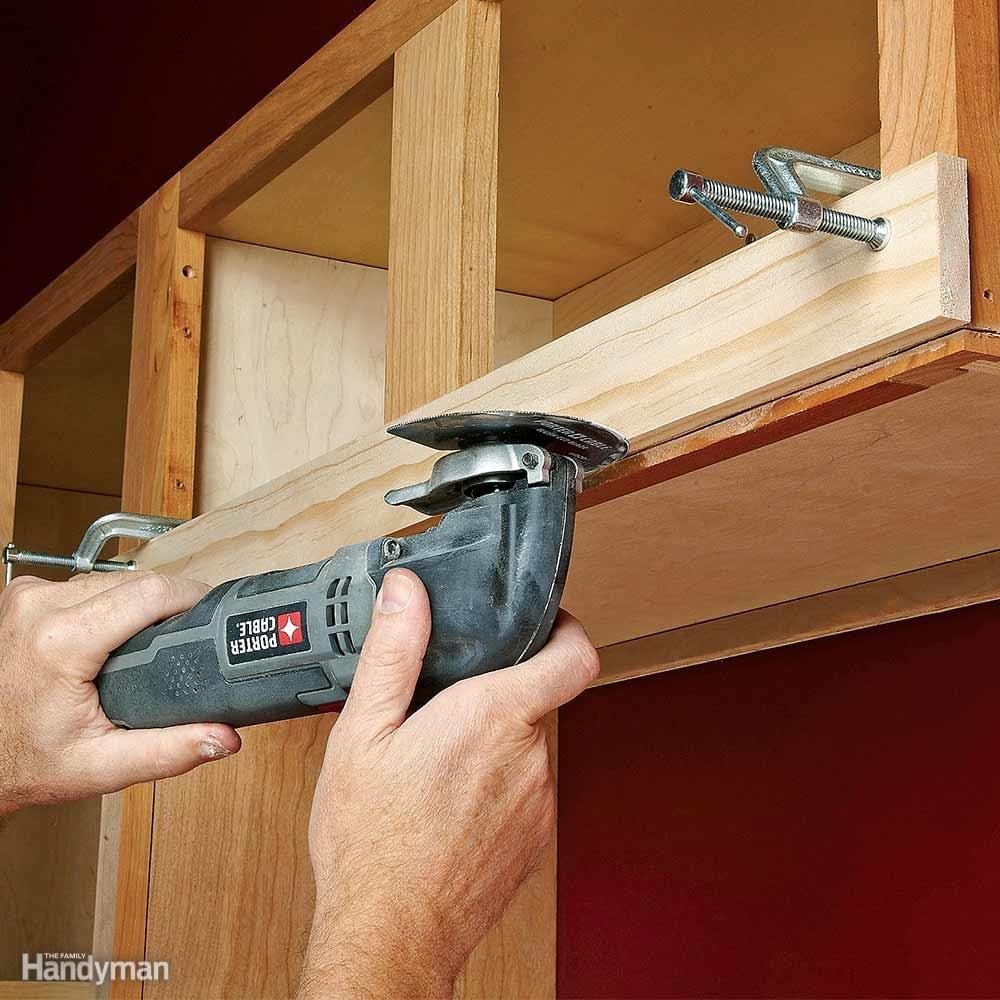
Use a Straightedge for Straight Cuts
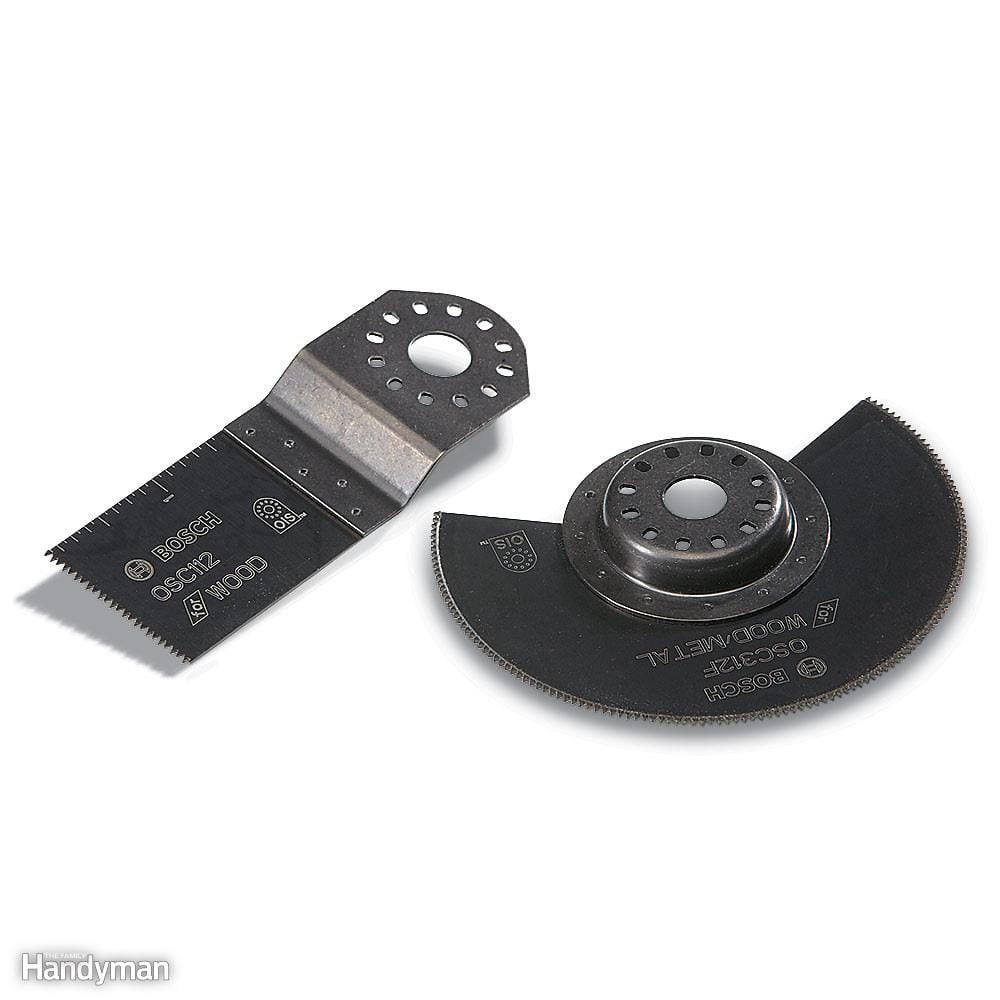
Round Blades or Straight?
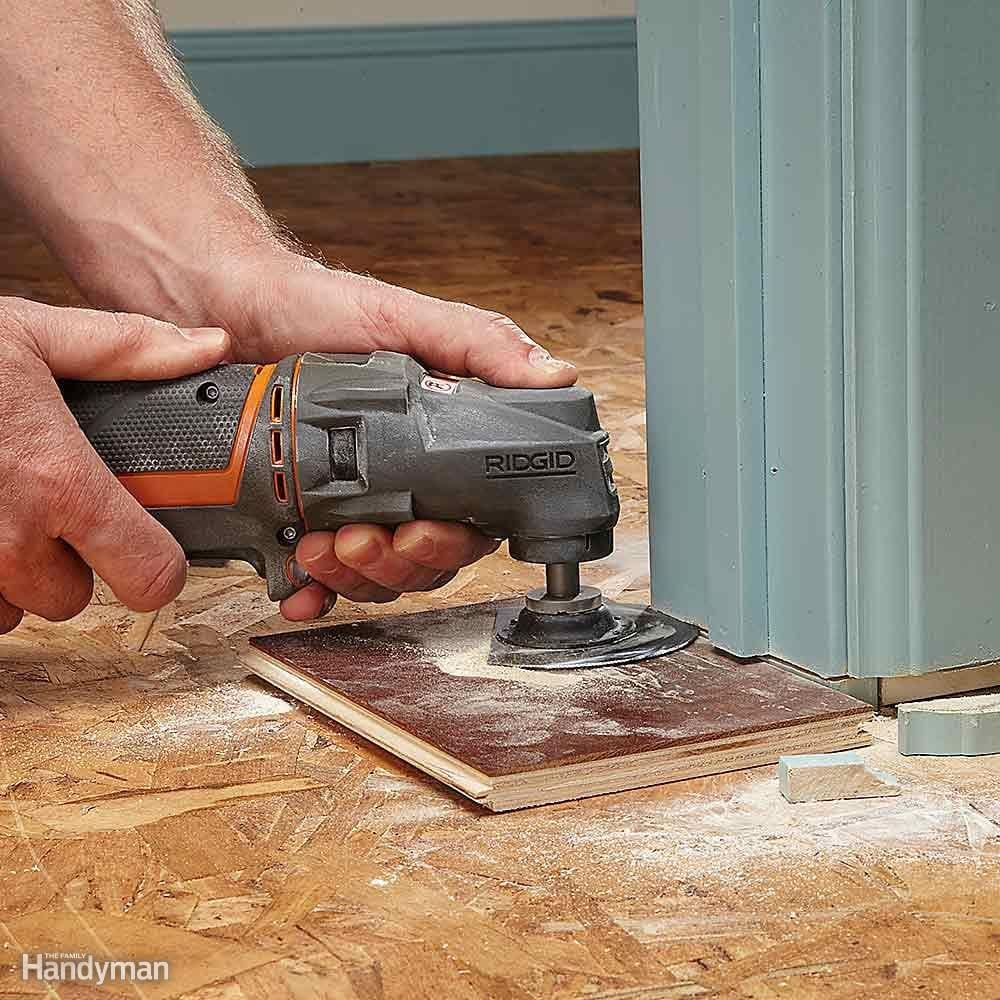
Faster Flooring Prep
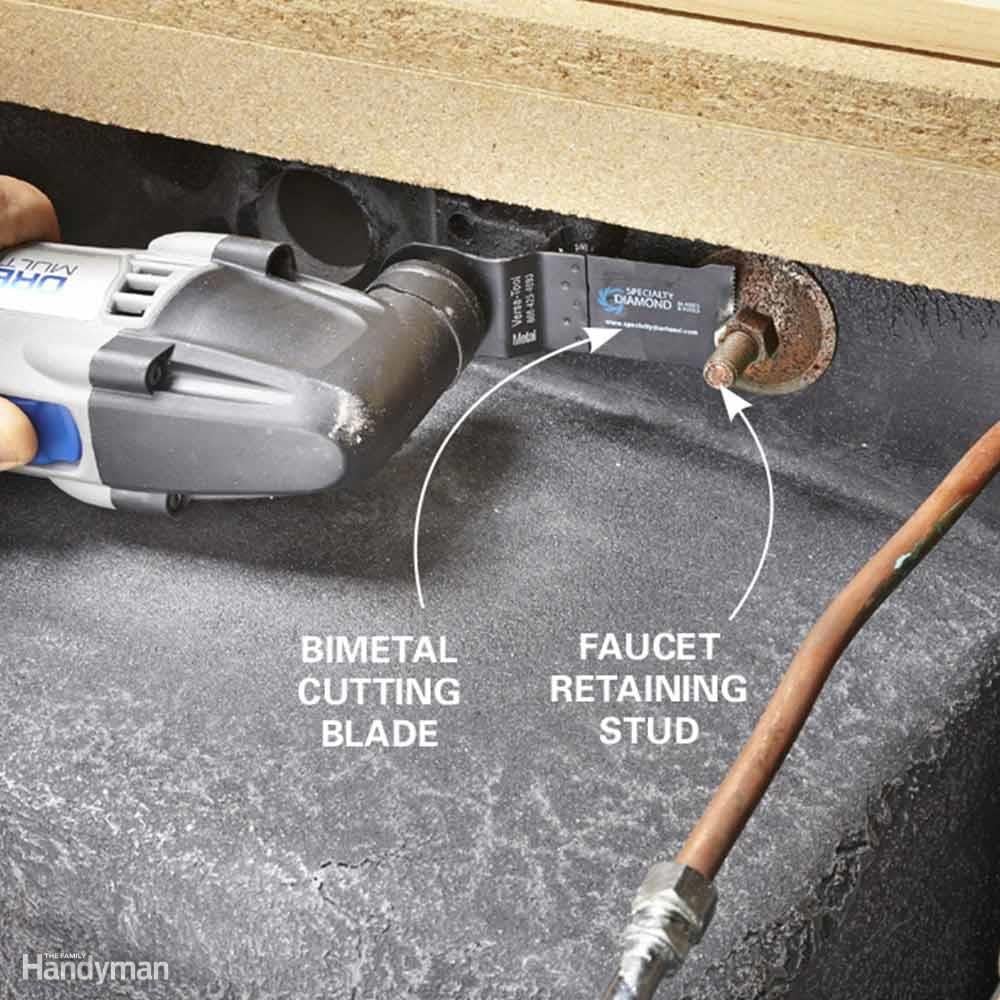
Cut Rusty Faucet Nuts
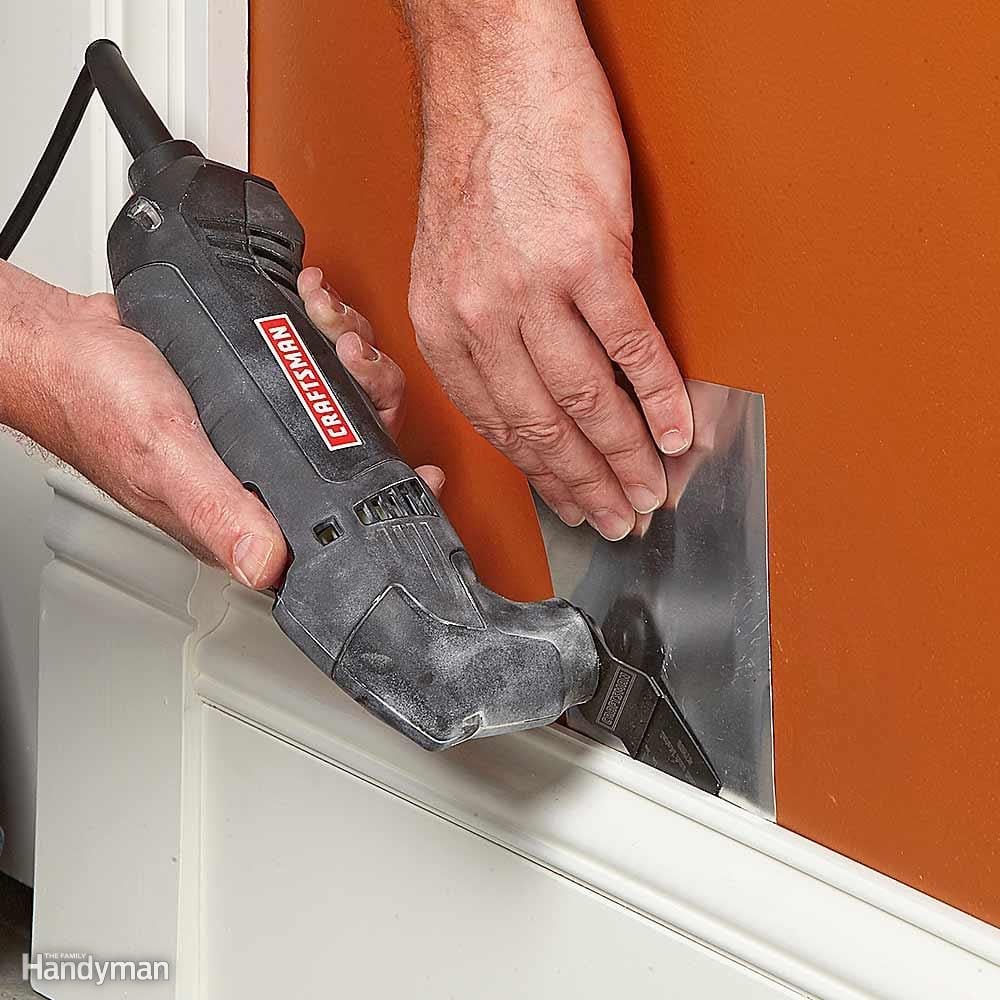
Remove Trim Without Damage
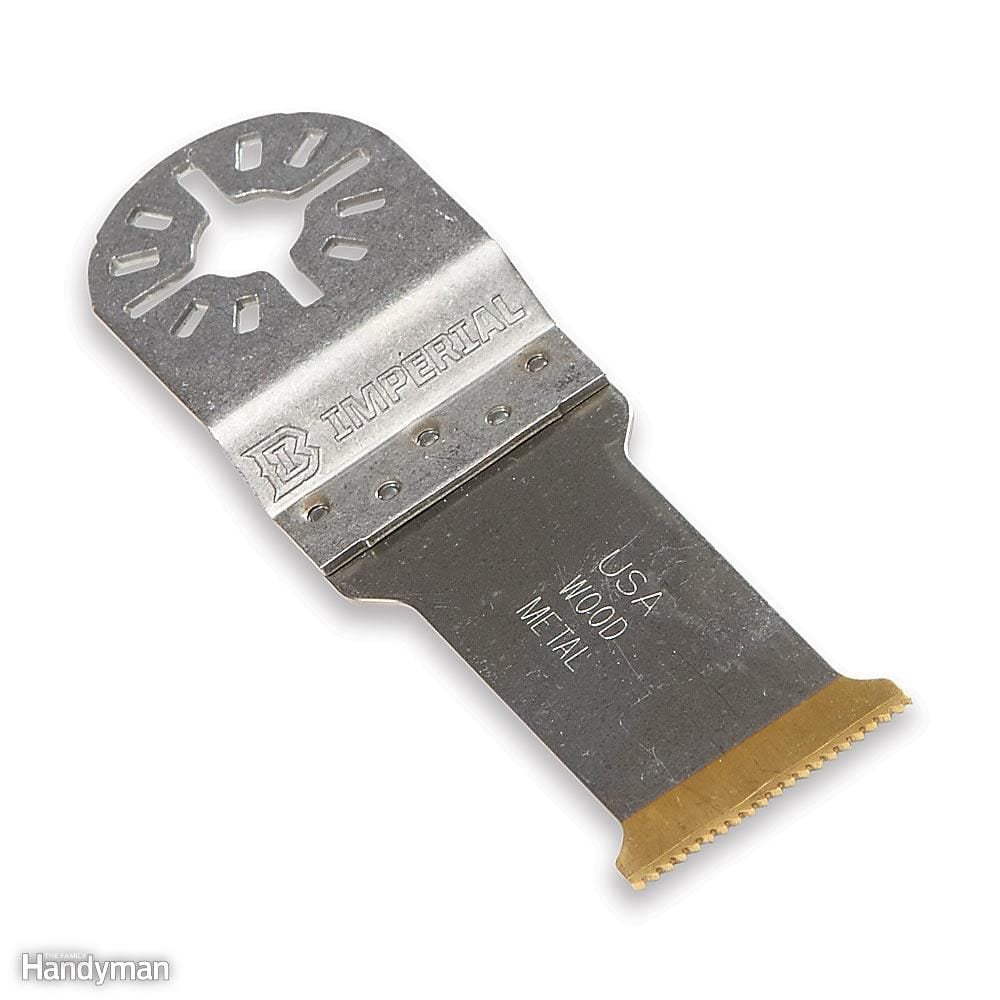
Use a Bimetal Blade to Cut Metal
Beware: Most blades sold in stores are meant for soft materials like wood and plastic. Cutting metal destroys them in a few seconds. For metal cutting, be sure to buy blades labeled bimetal.
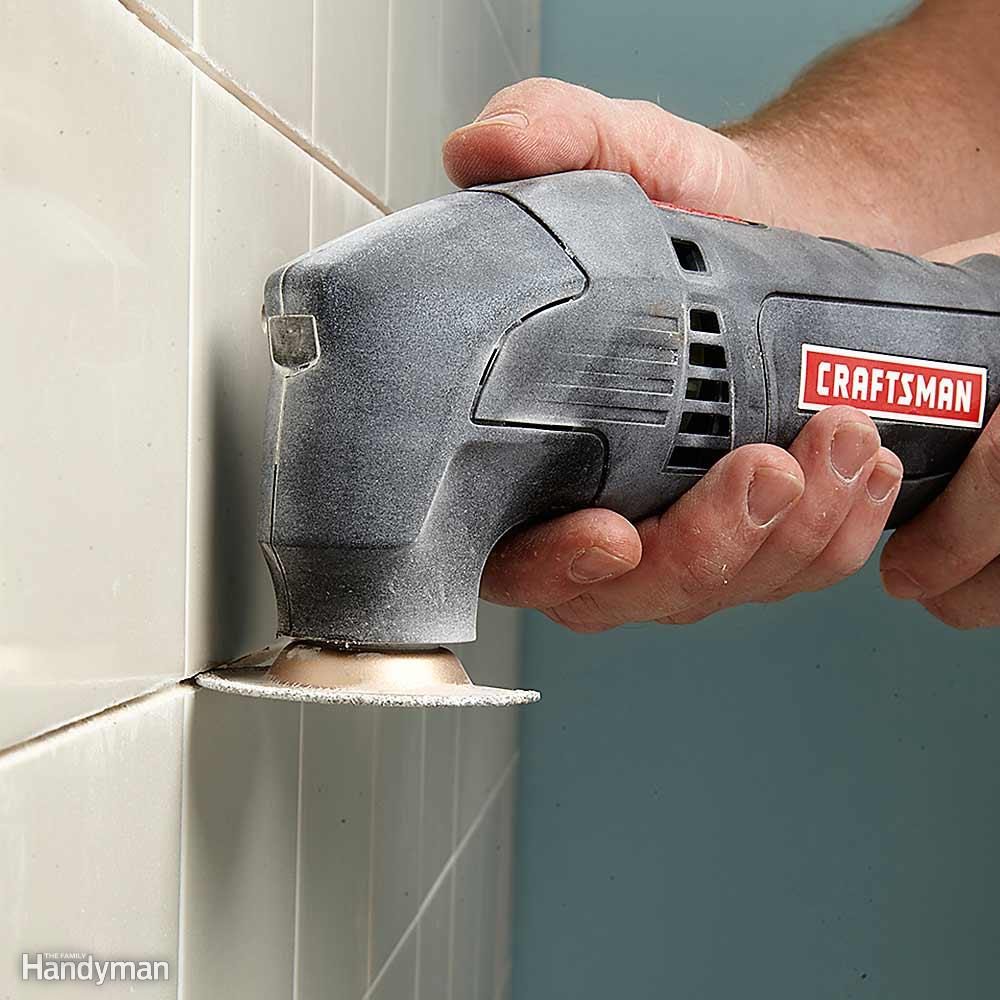
Great for Grout Removal
An oscillating tool does a great job of chewing out old grout from between tiles. It's still tedious work, but unlike with other methods, you won't damage the tiles or whip up a dust storm.
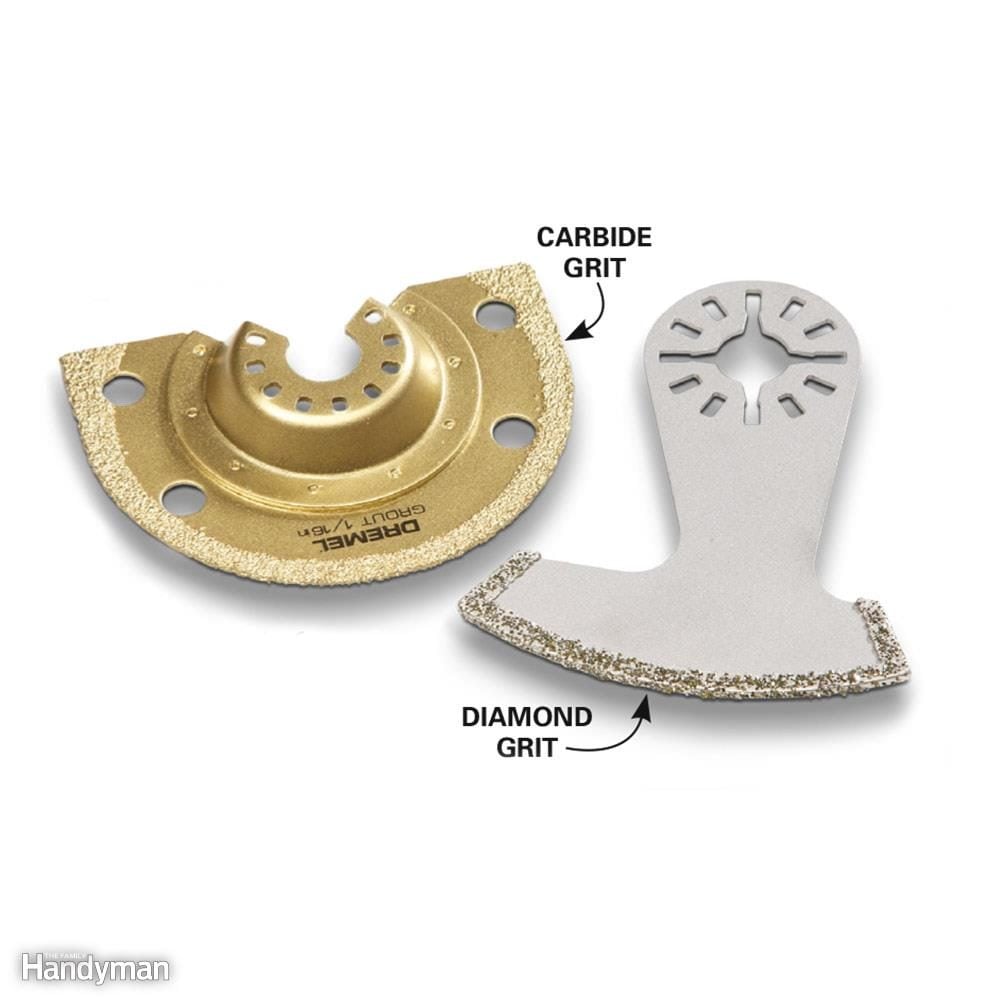
Grout Removal Blades
A carbide blade (about $25) is fine for small jobs. For larger jobs, a diamond blade ($40 and up) saves you money because it lasts two to three times as long. Both types come in 1/16-in. and 1/8-in. thicknesses to match grout widths. When you see sparks, you know that the outer edge of the blade is worn out, even though there may be plenty of grit left on the sides of the blade.

Trim Shims in a Jiffy
When you install a door, the usual way to trim the shims is to score them with a utility knife and then snap them off. It's a slow way to go, and half the time, you push the shims out of place. Other times, they don't break off cleanly. But an oscillating tool does the job perfectly. Quick, clean, no hassles.
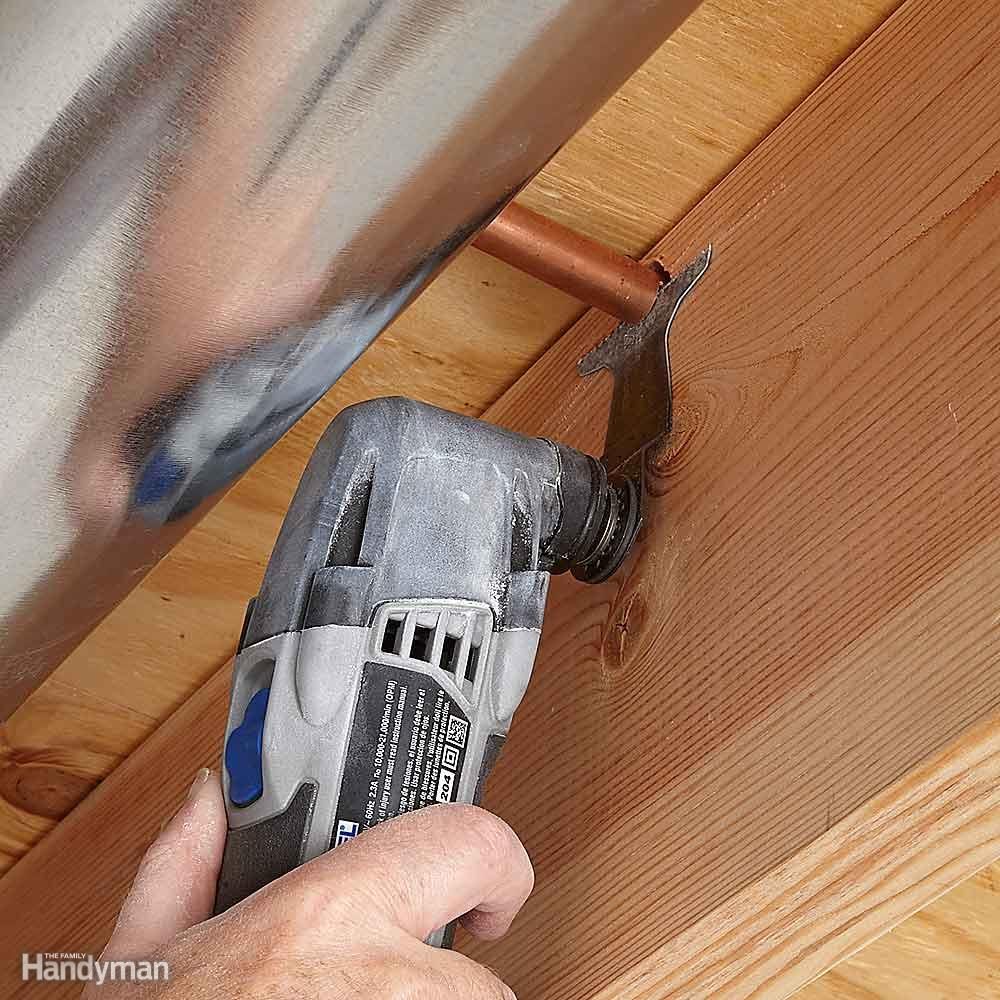
Goes Where Other Tools Don't
Oscillating tools are perfect for tight situations where no other tool will fit. Use it to cut pipe in cramped quarters, to section out dry rot in a beam where a router or saw can't reach, to quickly cut out damaged flooring and more.
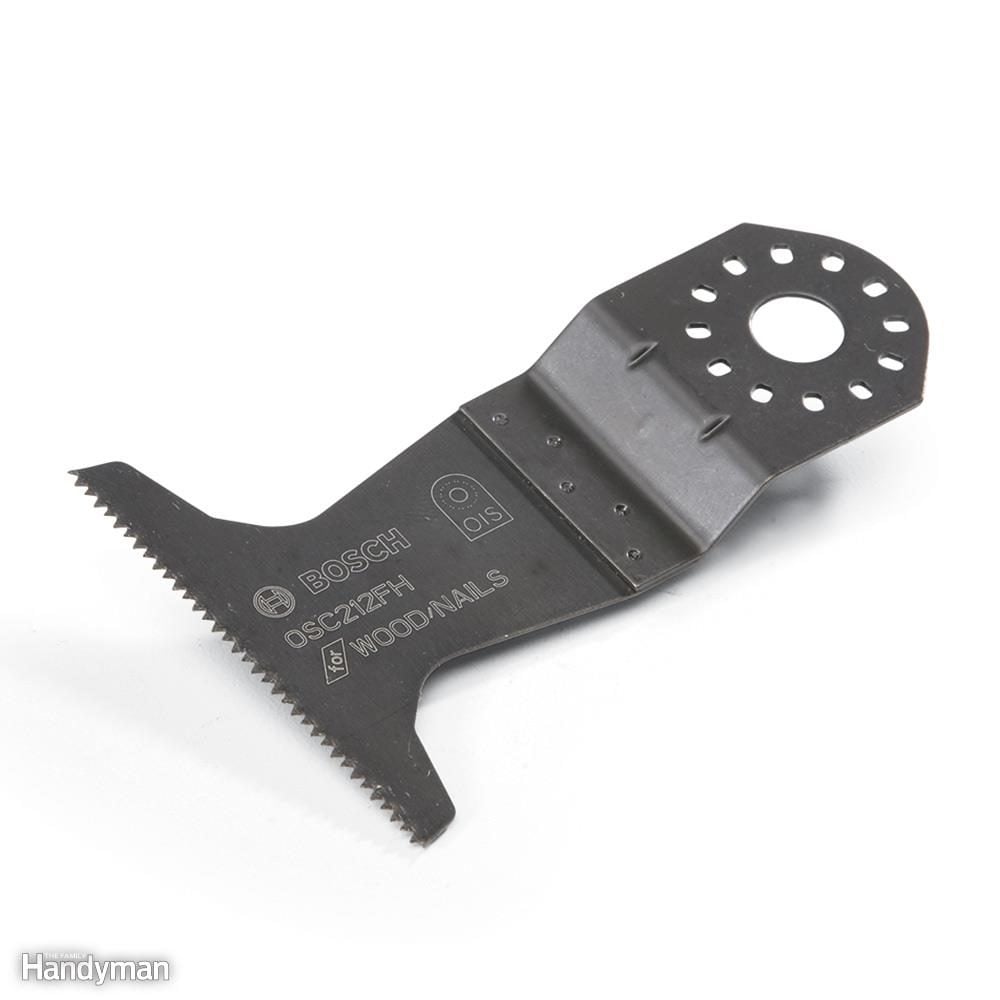
Extra-Wide Blades
Extra-wide blades like this 2-1/2-in. version are perfect for cutting round stuff like pipe because they don't slip off a curved surface the way narrow blades do. For other jobs, narrower blades are usually best: They plunge-cut better and put less strain on the motor.
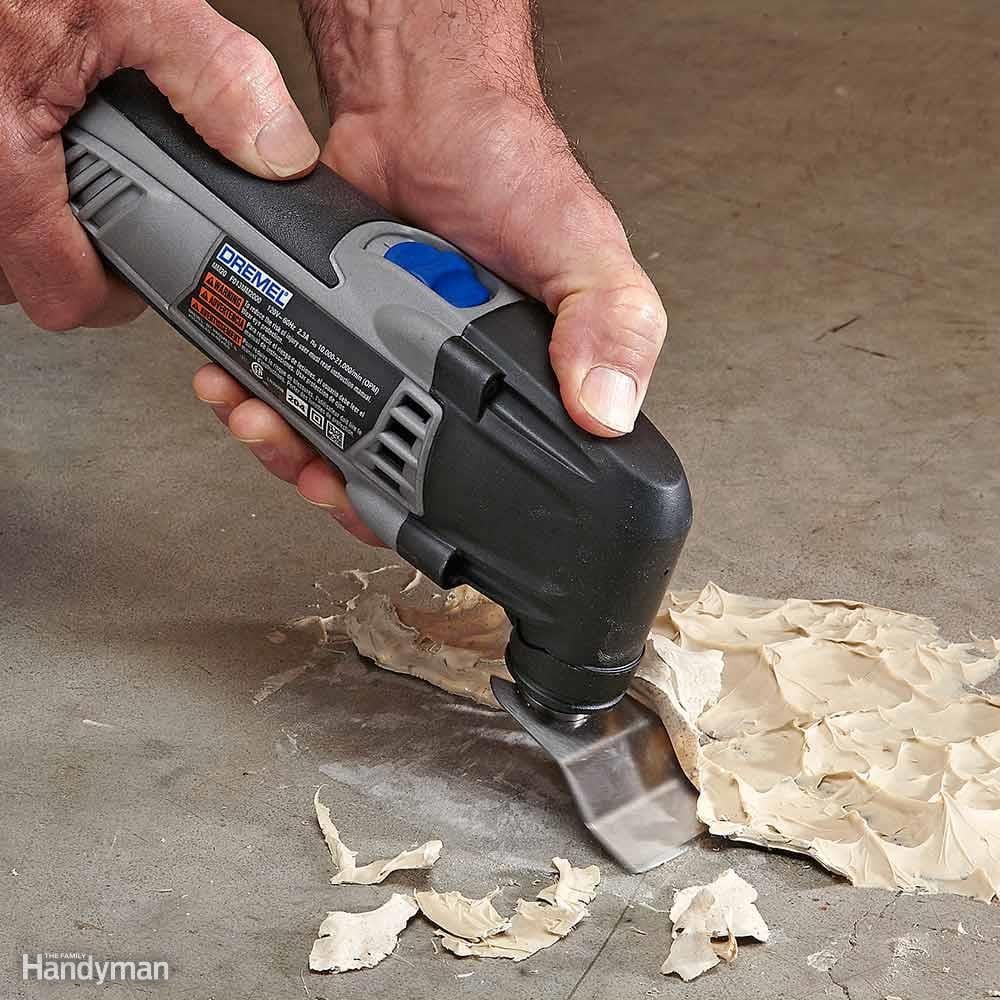
Scrape Away Gunk
Get rid of stubborn patches of dried construction adhesive, joint compound and other gunk without spending hours on your knees hacking with a putty knife. With an oscillating tool equipped with a scraper blade, you can slice it off in no time.

Lots of Scraper Blades
Scraper blades come in lots of styles: stiff or flexible, sharp or blunt, straight or offset. The long, thin version shown above is for digging caulk out of joints.
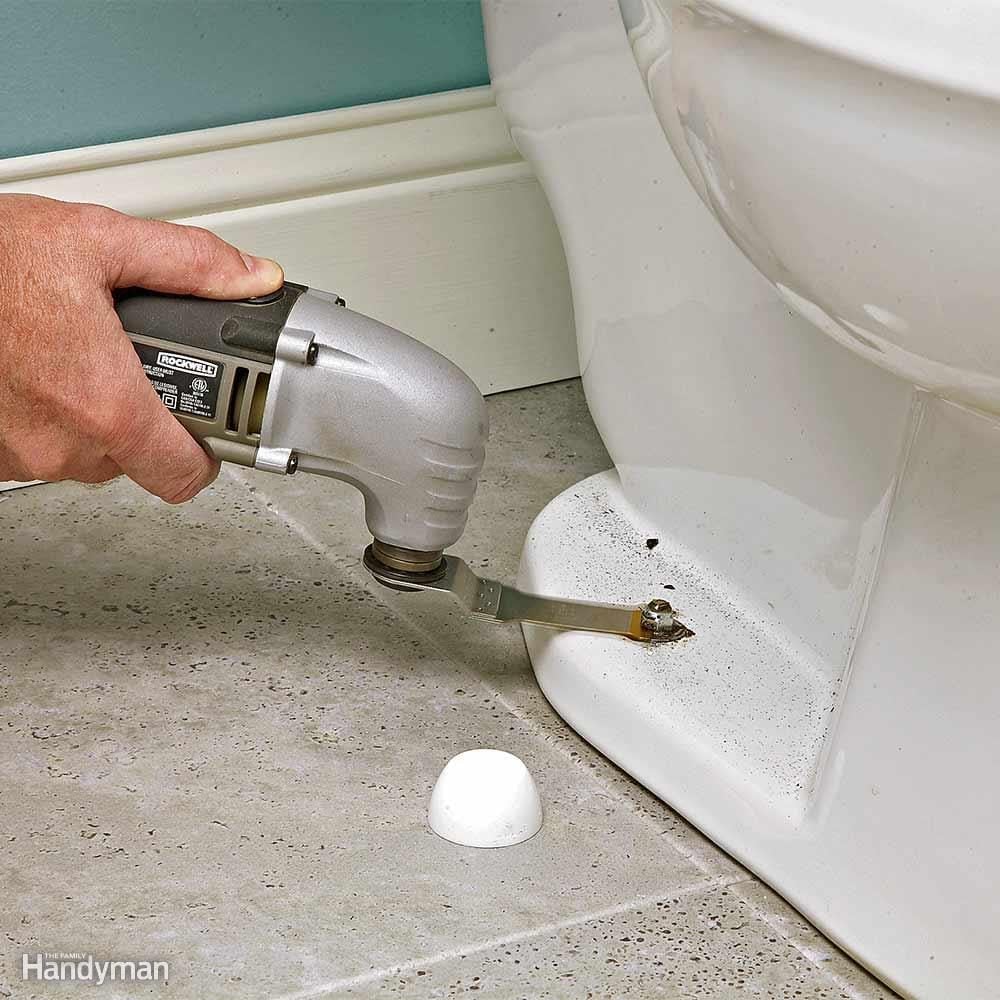
Remove a Toilet
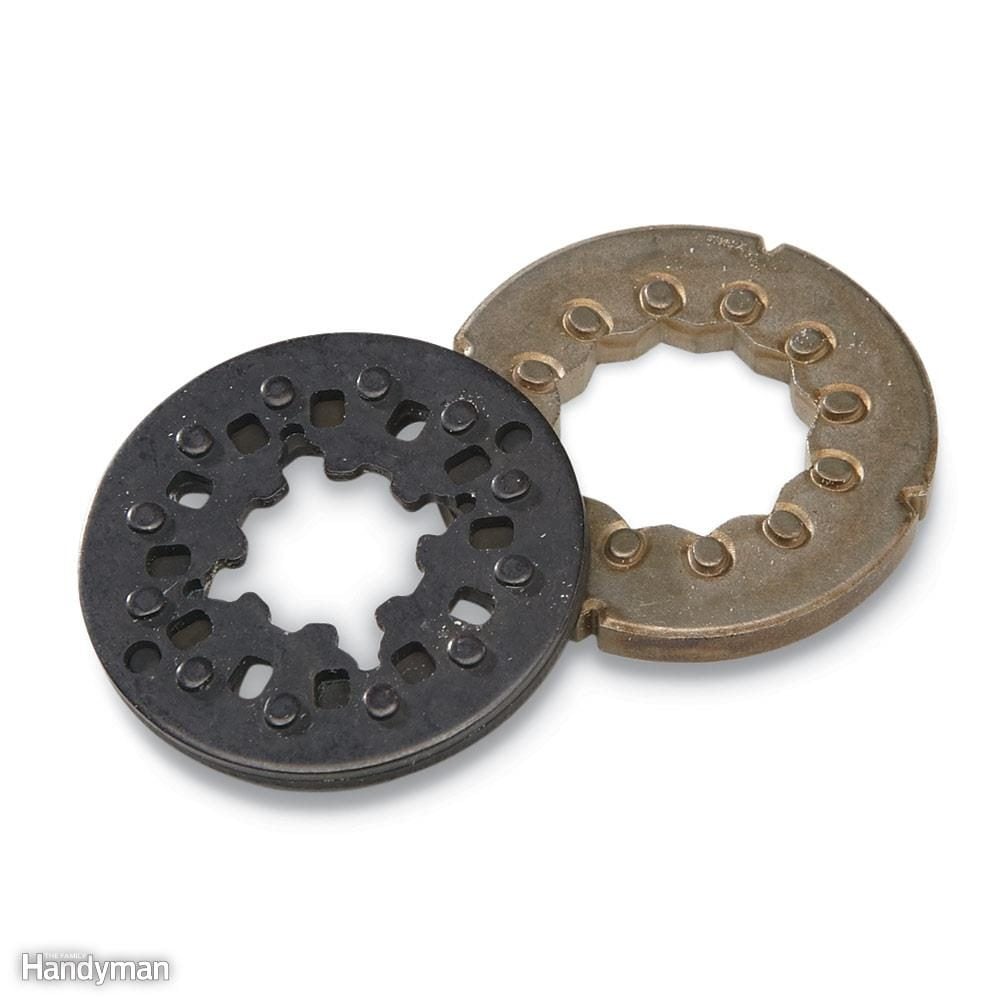
Adapters and Accessories
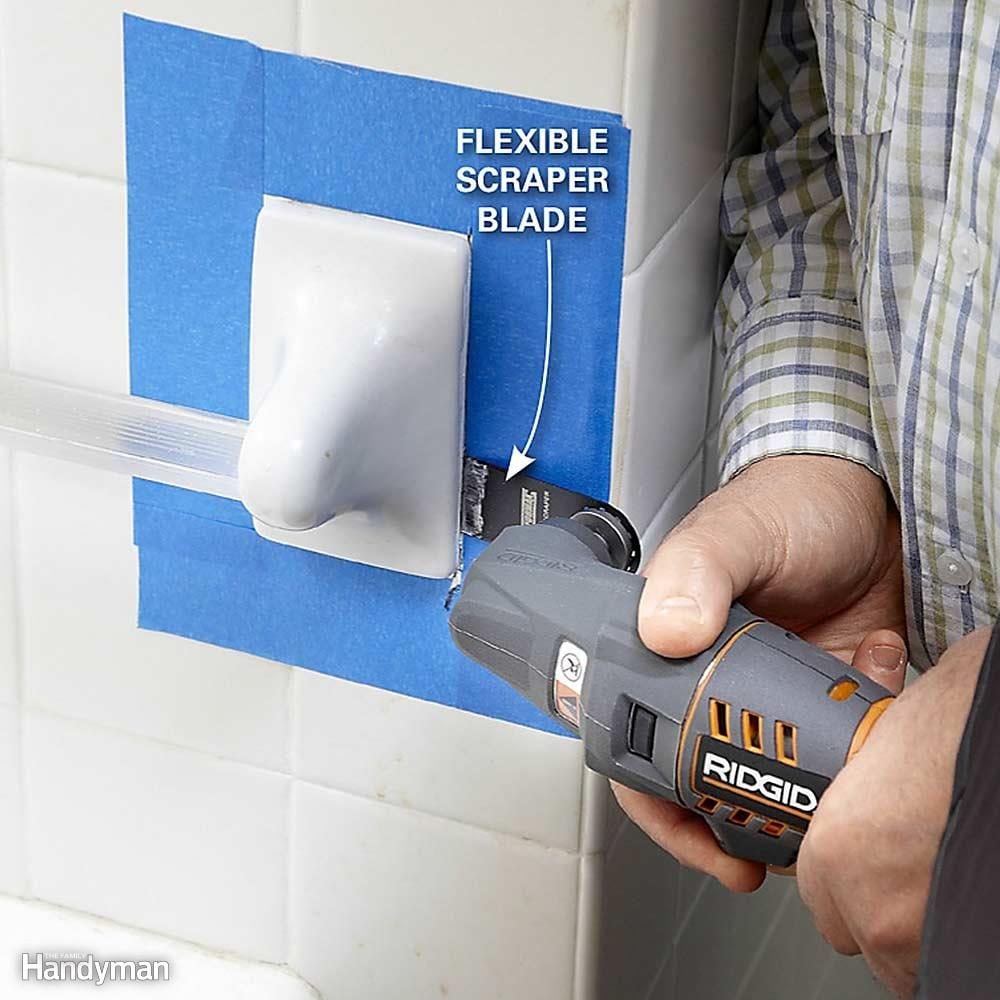
Remove a Towel Bar or Soap Dish
It's easy to remove a broken or outdated surface-mounted towel bar or soap dish with an oscillating tool. Jam the blade into a corner about 1 in. deep. Then work it all around the fixture. Shove it in deeper and do a second pass around the fixture, cutting through all the adhesive and caulk.



















